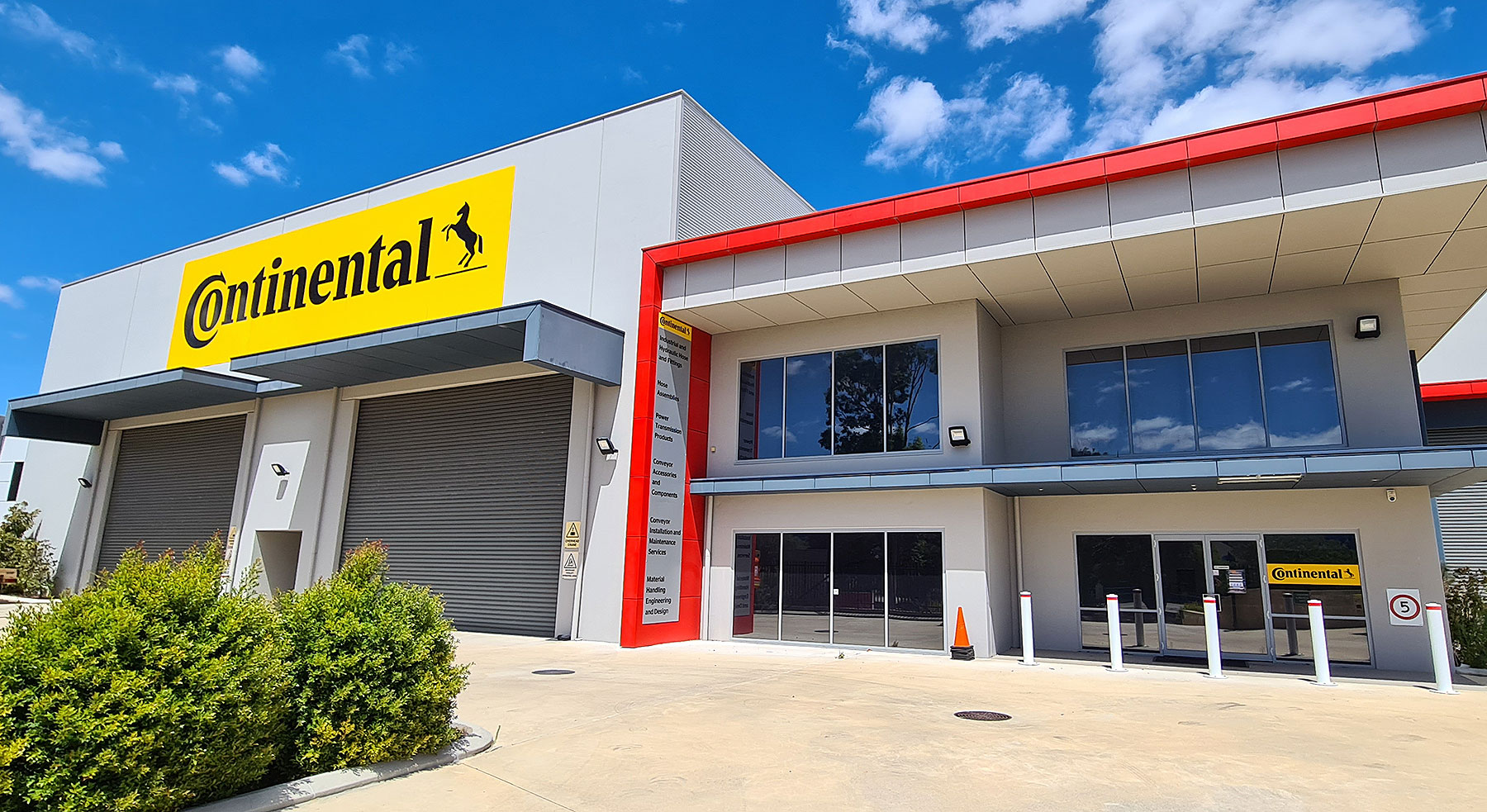Did you know? Nearly eight out of 10 people entered a store they’ve never been into before, based purely on its signage.
This is just one of statistics to come out of a FedEx survey of American consumers linking signage to spending habits.
Something else quite staggering is that almost seven out of 10 people actually bought a product based on the product’s signage.
This shows how crucial it is to get your signage right. Especially with limited people coming through the door when there’s a pandemic raging.
So, here are some successful signage strategies to help you.
Is it the right fit?
Get the size right from the start. The main questions to ask are: where are people viewing this sign from? Can my target audience read it clearly? Sometimes this means a bigger sign, sometimes a smaller one.
On brand
If your signage doesn’t link in with your other advertising, be it your website and other advertising material, people will struggle to find your location.
KISS
Keep it simple, silly – the age-old principle. Less is more. This is always the case with signage, so don’t overload your potential customers with information.
83 percent of what our brain processes is through our eyes. We’re visual creatures, which is why signs work.
A survey conducted by Hungry Jacks showed how their customers knew about their restaurants:
35 percent saw it in passing. 29 percent always knew it was there. 14 percent was through word of mouth. 10 percent was through advertising, with the remainder not knowing or recalling.
Add this up and you’ll find that 64 percent of Hungry Jacks customers were acquired as a direct result of their signage. Yes, good signage works.
The Economic Center at the University of Cincinnati carried out a survey that shows that “nearly 76 percent of consumers said they had entered a store or business they had never visited before based simply on its signs.”
What could be a better result than that? So, keep the above principles and you’ll find that your signage is working harder than ever. And, because it’s passive branding, you only pay once for the message.

